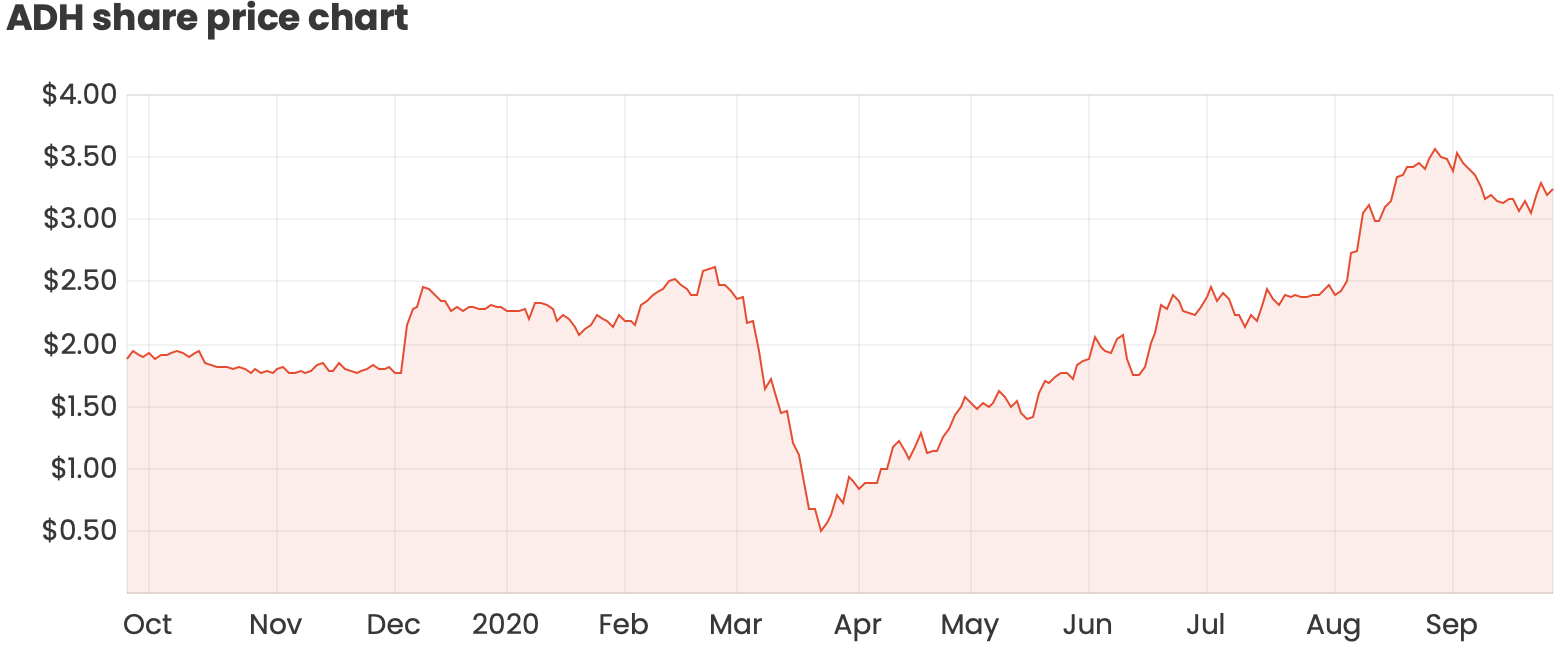Adairs Ltd (ASX: ADH) reported strong growth in FY20, showing the market that Temple & Webster Group Ltd (ASX: TPW) is not the only growing homewares & furniture retailer to be watching.

Adairs operated a total of 167 stores at the end of FY20, up from 165 at the end of FY19.
Solid FY20 results
Adairs reported strong growth through in-store and online channels in FY20.
Group sales were up 12.9% to $388.9 million and net profit after tax (NPAT) came in 19% higher at $35.28 million. Online sales lifted 110.5% to $124.2 million.
Pleasingly, in a year impacted by store closures due to COVID-19, like-for-like store sales were also up 3.9%. You might ask, how was there growth if stores were closed?
Adairs calculated this growth rate based upon comparing sales reported from stores which were open on the same date in both FY19 and FY20.
Company Chairman, Michael Butler re-affirmed Adairs’ dividend policy to pay out 65-80% of NPAT will continue in FY21.
Levers for growth
Adairs announced it expects to open 3-5 net stores in FY21 and upsize another 3-5. Adairs has identified that its larger format stores are its most profitable.
Adairs’ fully owned subsidiary Mocka grew sales by 30.4% in last 12 months. Visits to Mocka’s Australian website has doubled since April, signalling continuing strong momentum.
Mocka is an online-only homewares and furniture retailer acquired by Adairs in December 2019 for $75.5 million.
Adairs has recently established a national distribution centre (NDC) to support its growth over the next decade. The NDC will be operated by logistics giant DHL, allowing Adairs to focus on its core business. Adairs forecasts the NDC will generate cost savings of $3.5 million per year from FY22 and support faster deliveries to customers.
Adairs advised that the total addressable market opportunity across its product offerings is around $11.9 billion. Therefore, Adairs has an implied market share of just 3.2% with a long runway for growth.
Strong return on invested capital
Adairs earned a return on invested capital (ROIC) of 17.29% in FY20 and has a 5 year average of 19.41%. This compares very favourably to the wider index of 9.12%.
Since Adairs had just $1 million in net debt at the end of FY20, I have assumed the company has a weighted average cost of capital (WACC) equal to its cost of equity – which I will assume is 9%. As Adairs’ ROIC is significantly higher than its WACC, it is creating value for shareholders.
Is Adairs worthy of a “Buy” rating?
At the time of writing, Adairs shares are trading on a trailing dividend yield of 6.2%, and the company has many levers it can pull to drive profitable growth.
Since Adairs has committed to paying out north of 65% of NPAT, it might be one to consider for dividend-focussed investors.
If you’re searching for income, make sure to bookmark Rask Media’s ASX dividend shares page for all the latest news, analysis and share ideas.




